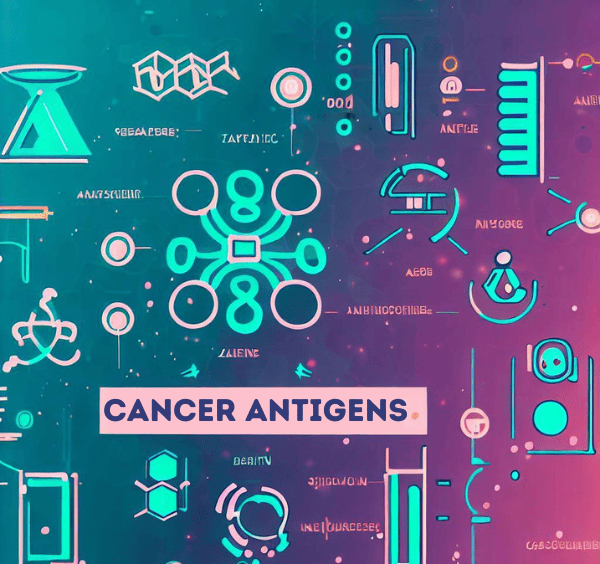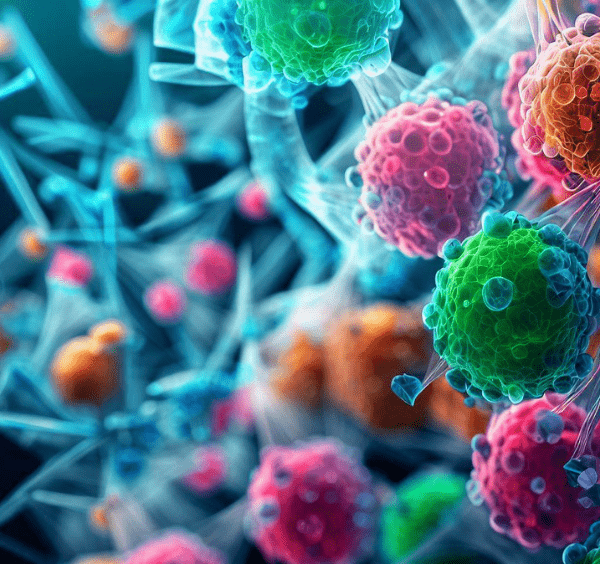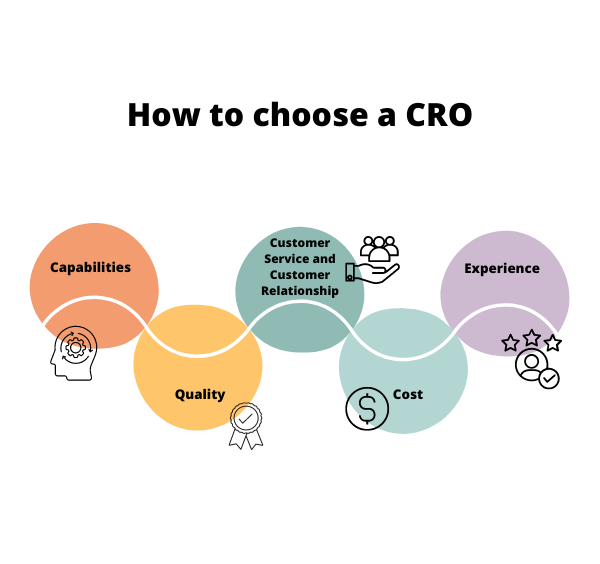Contract Research Blog | Preclinical Oncology Research Blog

Discover what cancer antigens are, how they are classified, how they are identified and how they are used to diagnose, treat and monitor cancer.

Learn about the significance of pretreated PDX models in cancer research, their benefits, and the challenges faced in their development. Discover how they can improve clinical trial success and personalize treatment.

This blog post will guide you in finding the proper Contract Research Organization (CRO) for your research requirements using five primary criteria. Finding the right fit for your project can seem daunting with a seemingly endless list of variables.

Cancer is a collection of over 200 different diseases that, while distinct, share a common characteristic: the uncontrollable growth and division of cells, leading to the development of a lump, growth, or 'tumor.’

In cancer research, preclinical models play a crucial role in enabling scientists to study the complex dynamics of tumor growth, progression, and response to therapies. Two of the most commonly used are orthotopic xenografts and subcutaneous tumor models.

In the context of biomedical research, in vitro models refer to experiments or tests performed in a controlled environment outside of a living organism, such as in test tubes or petri dishes. It is a counterpart to in vivo research, which takes place within living organisms.